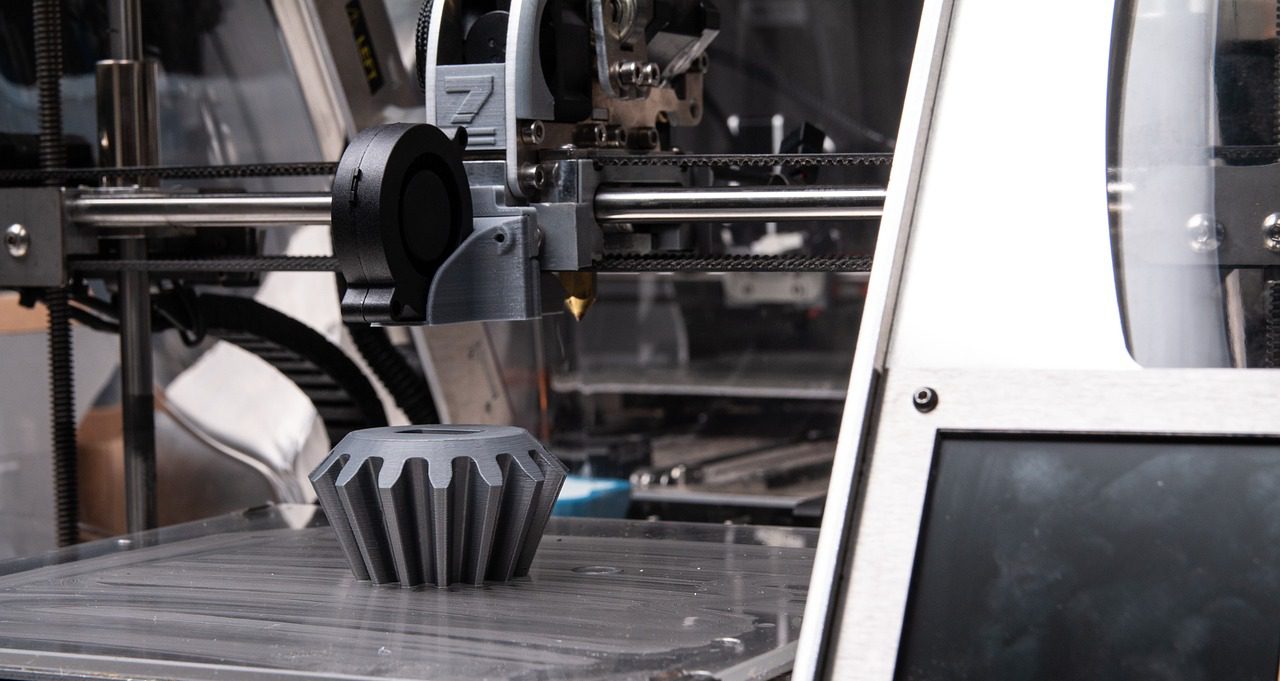This post is also available in:
 עברית (Hebrew)
עברית (Hebrew)
Huge amounts of data, Big Data, is all around us, in every field of life. But in spite of the far-reaching advantages, obvious clues frequently hide in a sea of unrelated data. This was the case in British Petroleum’s Deepwater Horizon rig explosion, which was the culmination of dozens of ignored warnings, Enron’s collapse, etc; each of these disasters began with siloed data, the puzzle pieces of which – if properly pieced together – might have revealed the problem patterns leading to the event.
This approach to data – known as data fusion – turns multiple raw materials into something greater than the sum of their parts. It goes beyond older methods of big data analysis, like data integration, in which large data-sets are simply thrown together in one environment.
In this new science of data fusion, technology is deployed not just to mash together billions of data records, but to fundamentally transform them so that humans can understand the unseen commonalities or inconsistencies within them. Fusion breaks down traditional silos, allowing analysts to search for and corroborate theories quickly, at a scale and speed previously unthinkable. Recent advancements in machine learning and AI-based computing enable data fusion application.
For the military, this way of working has now become a routine. It took a major event to highlight the importance of data fusion, and significant effort on the parts of key people and agencies to implement the technology in an impactful way. Private sector companies can do the same.
Automobile manufacturers, for instance, are beginning to use data fusion to identify safety problems in global fleets of vehicles, making it easier to get potentially dangerous vehicles off the roads quickly. Insurance companies are using fusion to assess the risk in underwriting certain projects and products. Financial services companies are using fused data to make better predictions about complex market trends.
How can more companies and organizations adopt the technology? According to insidebigdata.com, they need to elevate IT leads to C-suite level, with distinct roles such as the Chief Data Officer. These people are uniquely suited to demonstrate how their approach to data fusion will yield measurable results.
Then, they need to develop a new operational way of working, showing that data, not human intuition, should be the primary lever behind major company decisions.
Learn more about big data and data fusion at the Big Data for Security Conference and Exhibition
Register!
Booth/sponsorship: [email protected]
+972-546742036 +972-747451370

























